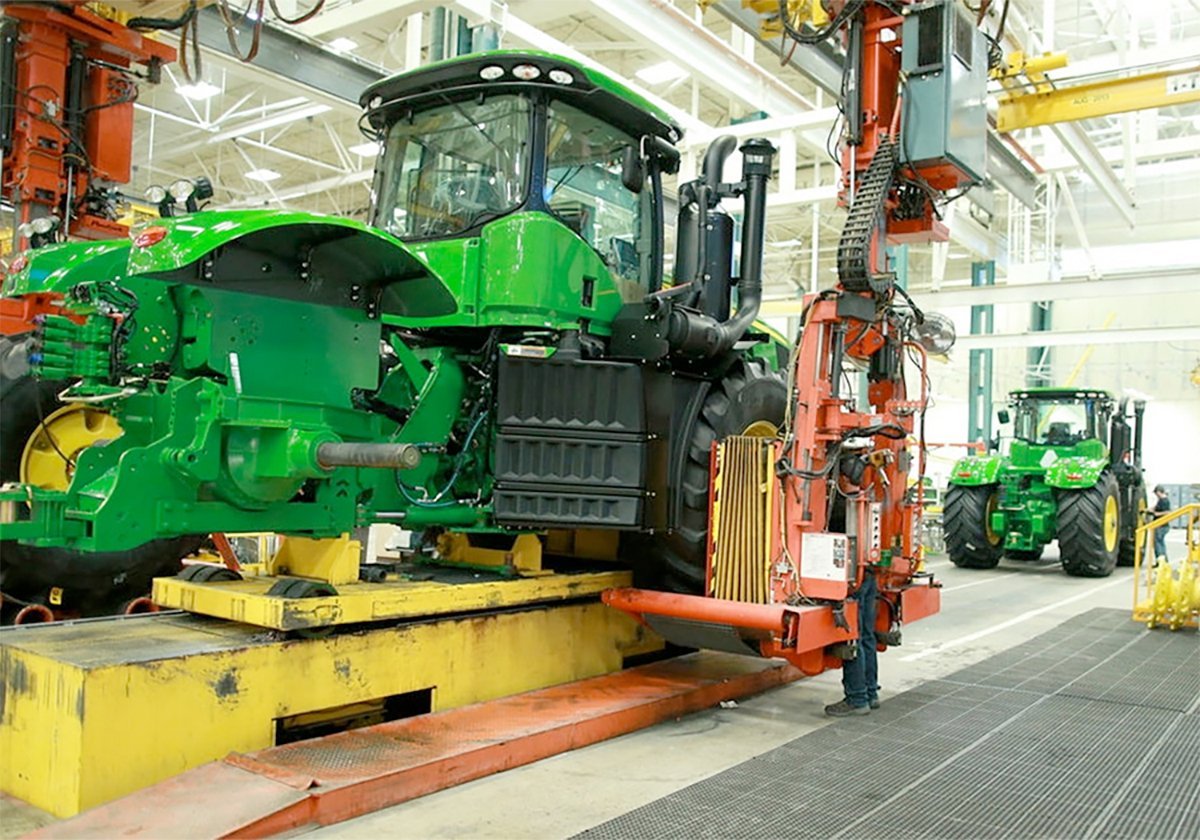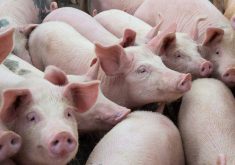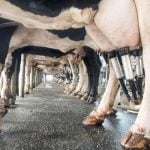It takes 12.5 minutes to watch this video on poultry and egg production but it provides an interesting view. Produced by the non-profit U.S. Poultry and Egg Association, the video explains production methods for these much-consumed commodities.
American farm groups are certainly taking a more proactive approach to explaining food production, and that is vital in the face of increasing battles with groups that are trying to eliminate animal agriculture.
The smaller and less affluent Canadian farm groups don’t seem to have progressed as far down the road to proaction as opposed to reaction.
Read Also

Trump’s trade policies take their toll on Canadian producers
U.S. trade policy as dictated by president Donald Trump is hurting Canadian farmers in a multitude of ways.
That is not to say that such production methods should be ignored or hidden. Quite the contrary. Handling systems are a reality, and one the video assures viewers is safe and capable of producing healthy food products.
Clearly the video plays to major consumer concerns, noting the use of all-natural diets given to poultry and the fact that no growth hormones are used.
As well, it notes antibiotics are used only under supervision of a veterinarian, and then only for disease prevention and control. This is acknowledgement of consumer concerns about antibiotic use in animals that some believe is linked to antibiotic resistance in humans.
The video also notes improvements to poultry production, refuting many consumers’ assumptions that chickens were healthier in “the good old days” when they more or less ran free.
Given today’s numbers of people and the chickens required to provide them with meat and eggs, the old ways wouldn’t be adequate or safe.
Or economical. According to data provided, it takes less than seven pounds of feed to produce a four lb. chicken today. In years past, it took 16 lb. of feed to raise a chicken to a four lb. size. How’s that for improved efficiency?
The video also notes that food safety isn’t just the responsibility of farmers or factories or wholesalers or retailers. Consumers themselves must take responsibility as well.
Have a look at the video and tell us what you think.














